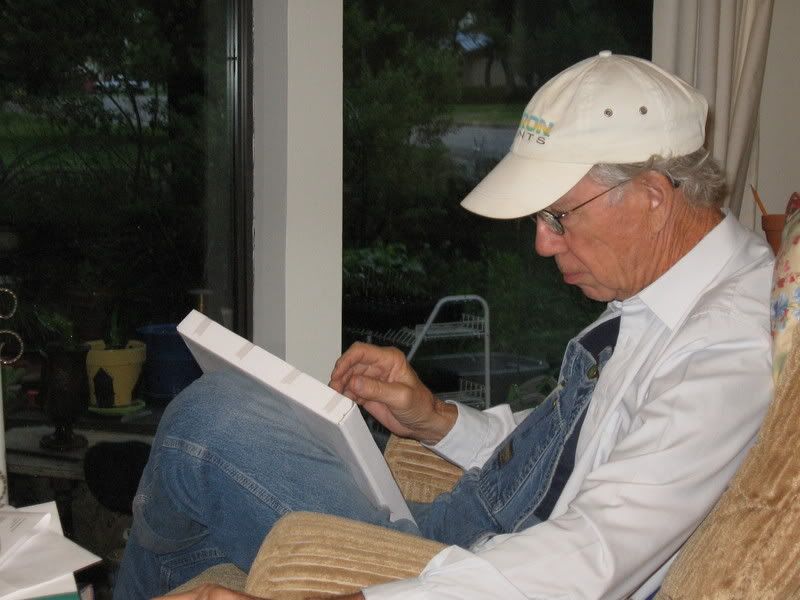Appendix
The Categorical Syllogism
If you had rather not get into abstract depths, you may want to ignore this appendix. But, if you do the work, it will be worth it. Do the exercises—paper is cheap.
Some years ago, I was summoned for jury duty. During the voir dire questioning, the prosecuting attorney asked my occupation. I replied, “philosophy professor.” Whereupon, he asked, “If you are selected to sit on the jury, will you decide the case using syllogistic logic?” My answer was, “No, I will not reduce everything to syllogisms, but I will use good logic in making any decisions.” (I wound up on the jury.)
What, you may ask, was the lawyer talking about? What is syllogistic logic, and what are syllogisms? This appendix is written to explain the nature and value of syllogistic logic.
First, we must locate the syllogism as one form of the Dialectic, specifically a form of deductive logic. As outlined in Part Two, deduction is that logic in which if the form is correct and the premises are true, the conclusion must necessarily be true with no possibility at all of being false. Notice that, like all logic, this rests completely on the “if.” If the form is correct, and if the premises are true, then, and only then, is the conclusion of the argument necessarily true.
